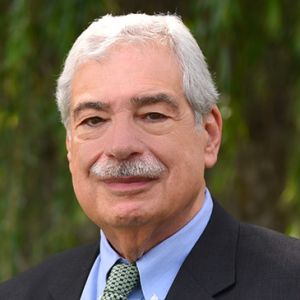SYRACUSE, N.Y. — Drunk and other impaired-driving arrests of adults in the five-county Central New York region declined for the fifth straight year in 2014.
Regionwide, police made 2,220 felony and misdemeanor adult impaired-driving arrests last year, down nearly 13 percent from 2,543 arrests in 2013, according to a Tully Rinckey PLLC analysis of data recently issued by the New York State Division of Criminal Justice Services.
Adult impaired-driving arrests in Onondaga County fell more than 20 percent from 1,429 in 2013 to 1,141 arrests in 2014, according to a Feb. 10 news release issued by the Syracuse office of Albany–based Tully Rinckey. Such arrests also fell by nearly 27 percent in Cortland County and almost 3 percent in Madison County in 2014.
(Sponsored)

Don’t Take the Bait: Phishing Scams to Avoid
Americans lost $8.8 billion to phishing and other fraud in 2022, according to the Federal Trade Commission, with financial fraud increasing over 30% from 2021. Every day, thousands of people

Criminal Liability for Employment Law Violations?
New York employers are often surprised to learn that wage law violations can lead to criminal penalties in addition to financial penalties. Whether payroll is outsourced, or a staffing agency
Cayuga County (up 17 percent) and Oswego County (up nearly 3 percent) were the only CNY counties to post increases in adult impaired-driving arrests last year, according to the release.
Arrests for drunk and other impaired driving have also been declining across New York state in recent years. Such arrests peaked at 53,434 in 2007, and steadily declined to 41,752 arrests in 2014.
“Don’t take this decline in arrests to mean New York is going easy on drunk drivers,” Donald E. Kelly, managing partner of Tully Rinckey’s Syracuse office, said in the firm’s news release. “It’s quite the opposite: hundreds of drivers convicted of felony DWI are sentenced to prison and even more sentenced to jail and probation.”
Legislators in Albany have in recent years passed stricter anti-DWI laws that appear to have helped “thwart” drunk drivers from driving drunk again, according to the Tully Rinckey analysis.
The state’s rate of repeat DWI offenses fell from almost 29 percent in 1999 to under 21 percent in 2012. The number of repeat offender drivers with at least one alcohol conviction within the previous 10 years fell from 13,749 in 1999 to 8,465 in 2012, according to a study by the Institute for Traffic Safety Management and Research.



